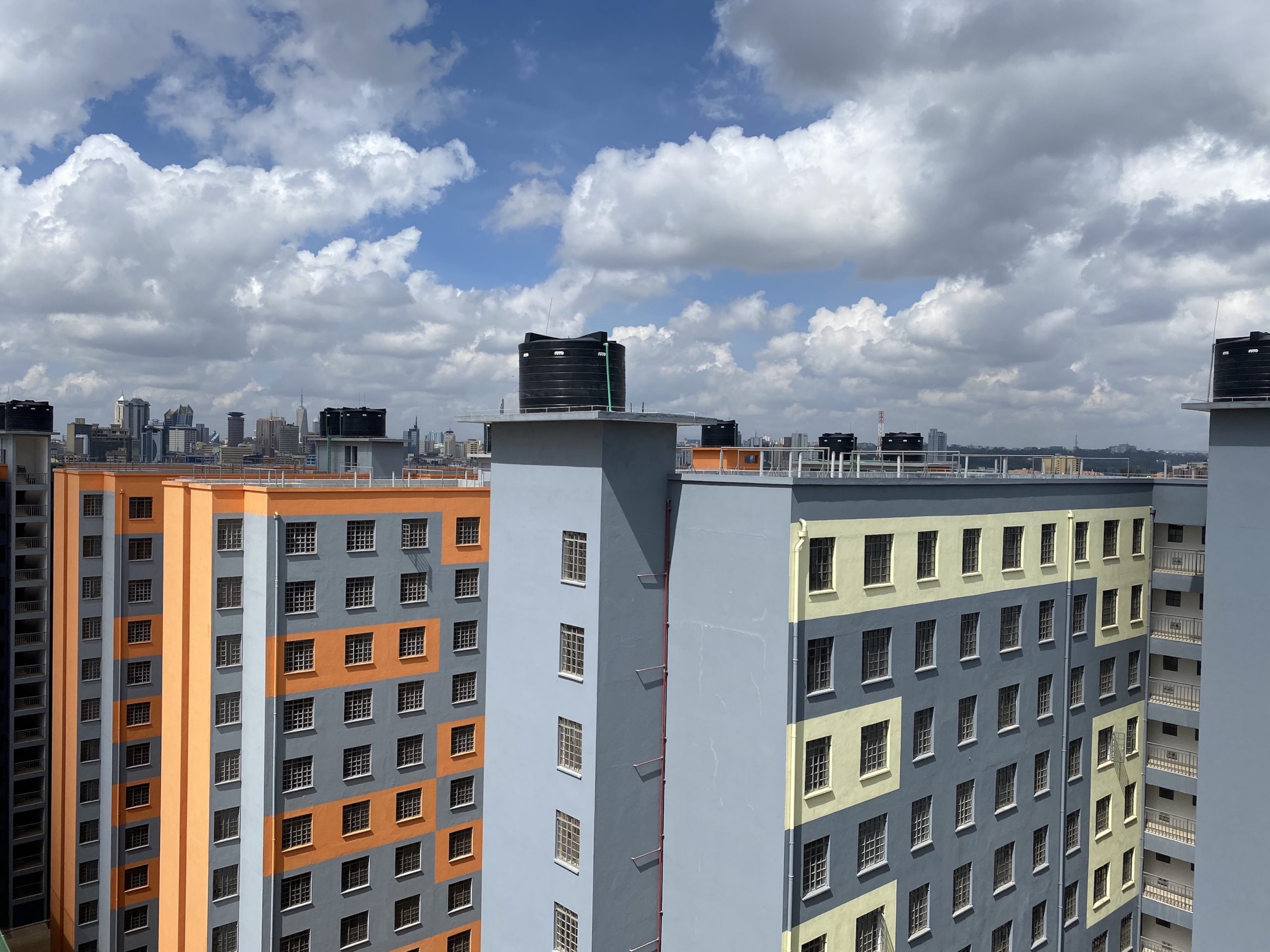The housing gap in Kenya is massive, with a cumulative housing deficit of 2 million units growing by 200,000 units per year. This deficit is driven mainly by a rapidly growing population at 2.6% per year compared to the global average of 1.2%, and a high urbanization rate of 4.4% against a global average of 2.1%.
In the wake of this, it is no wonder that affordable housing is one of the pillars in Kenya’s Big 4 Agenda. The other pillars are food security, manufacturing and affordable healthcare. The Big 4 Agenda is part of Kenya’s Vision 2030, launched in 2008 as Kenya’s development blueprint covering the period 2008 to 2030.
The aim was to develop Kenya into an industrial, middle income country where all the citizens could have access to better facilities and enhance the quality of life by the year 2030. The Ministry of Housing estimates a total annual supply of housing to be at 50,000 units. Over 80% of the existing housing supply is for the high income and upper-middle-income segments, with only 15% for the lower-middle and 2% for the low-income population.
Government Interventions
As per the Big Four Agenda, the Kenyan Government intends to offer affordable housing at $8,000 to $30,000 per unit, at lower interest rates of up to 5% and an option of longer mortgage tenors of up to 30 years. Such a target sales price if achieved would increase affordability, allowing more people to be able to purchase these units.
This raises two main questions, with the first one being, can the government or private developers, or some partnership between the two actually produce houses at a cost that can allow them to be sold at these low prices?
The answer to that question is not so clear cut. The contractors need assurance that the government will take up these units when they are completed, to minimize their overall construction risk. The other issue is financing. There needs to be a shift in the financing models created by government and other private entities, so that private players and contractors can find such construction pursuits profitable.
The second question would be, for those who do qualify, which entity would provide a mortgage at the proposed interest rate of 5.0% per annum?
Looking at the current state, the answer would be none. The formal banking sector has clearly failed when it comes to providing credit at rates which would enable most Kenyans to own a home. The prevailing rate in most financial institutions is upwards of 12% for mortgage loans.
As a result, the government is attempting to ratify this by establishing a secondary market. This is in form of the Kenya Mortgage Refinance Company (KMRC), which is expected to bridge the interest rate gap in lending institutions, as well as SACCOs.
KMRC’s entry in this market space is expected to increase affordability for mortgage seekers, as well as increase the number of individuals who would qualify for such a facility. This will in turn expand the primary mortgage market and home ownership.
KMRC is set to raise government-backed funds with some of the money coming from World Bank. The funds will be spread between12 banks, with each getting about Ksh4bn. It is expected that KMRC will provide financing to mortgage institutions at a rate of 5% for onward lending at 7% to homeowners earning a gross income of less than Ksh150,000 per month.
Mortgage loans will be capped at Ksh4m in Nairobi metropolitan area (Nairobi, Kiambu, Machakos & Kajiado) and Ksh3m elsewhere under this scheme.
The government aims to provide 500,000 affordable homes over the next five years, which will be in the following spread; Social 125,000, Low cost 225,000 and Mortgage gap 150,000 units.
The demand for quality and affordable housing is undeniable, and with the rising middle class, so is the need to own homes. So how can the government and private sector come together to meet this evident and growing demand, to allow Kenyans to own a home and improve their quality of life in this regard? And how can we leverage emerging technologies in the construction sector to meet the demand quickly and efficiently?

